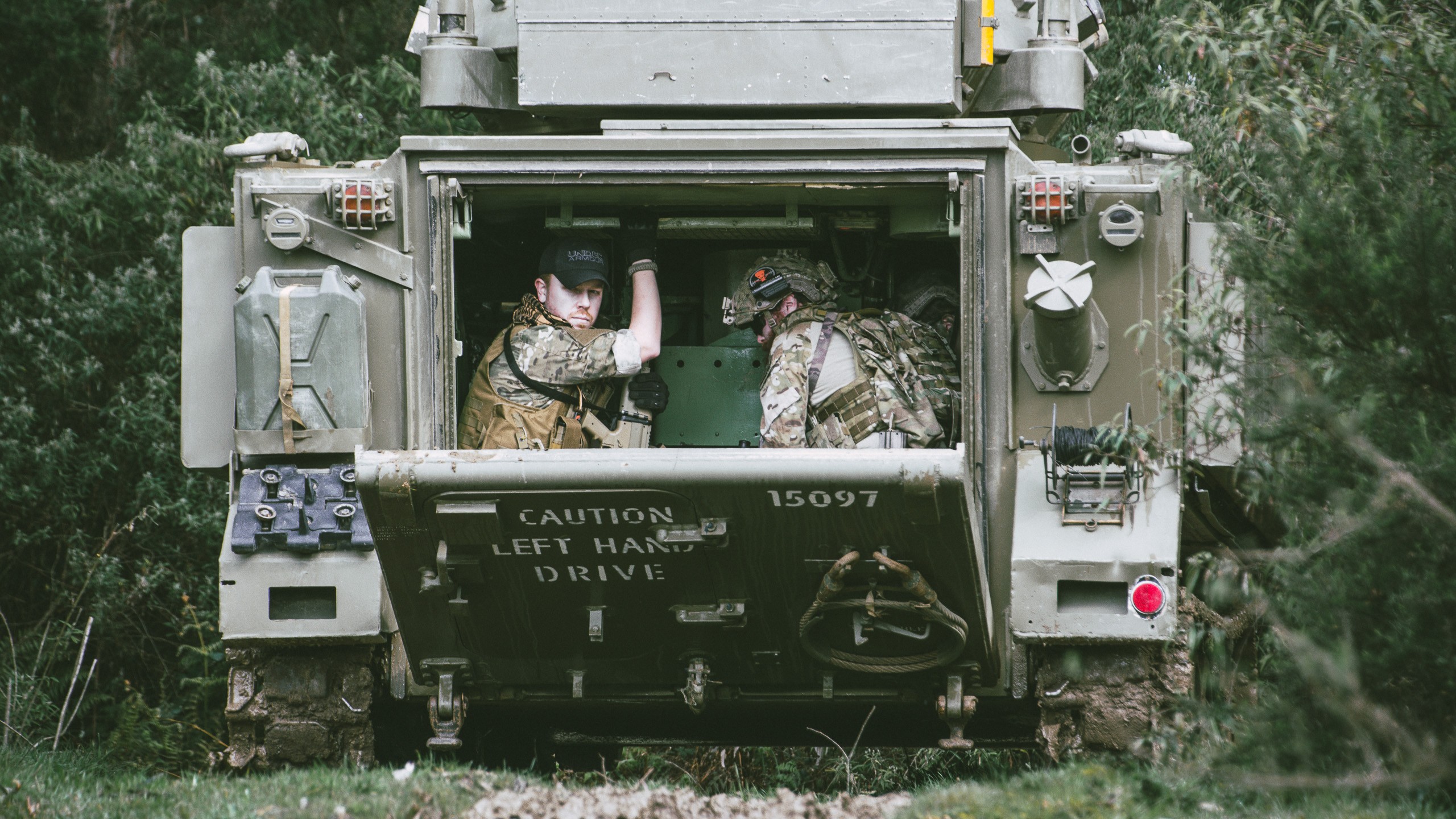
As photographers and creatives, we tend to work mostly on our own. It’s just the way many of us are wired. This isn’t a bad thing, it’s just that sometimes we get caught up in our own little world.
So what do you do when the creativity has stalled? It happens to all of us. I have found the best way to get back into things, to spark my imagination and creativity, is to work with other creatives.
Group collaborations with other creatives
I run with this one a lot, I call them my “dream team.” I have a model, Jess, and my hair and makeup artist, Emma. Together we brainstorm ideas and come up with themes to try photographing. We work really well together and have a natural flow. Everyone has an input and everyone has jobs to do; collecting outfits, making props, etc.
But sometimes even I need to move beyond that. A photography group I am a member of hosts some big collaborative shoots — sometimes up to 10 models and 20 photographers. They are chaotic, yet really fun shoots. Because you are working in a large group with a central pool of money, we can sometimes access costumes, backdrops or locations we normally could not afford on our own. Plus other people have some really cool ideas you may never have thought of on your own.
Model callouts
This year I have already put a model call out to get in some fresh faces. I shoot with one model (Jess) a lot and while she is amazing and in some shoots, unrecognizable, it is still good to work with new people and get fresh ideas. It is usually mayhem when I put out a model call and never fails to turn up some gems. Some come and go, some I work with for a time and then they move on. Some I have never worked with again. They either fit a certain style and nothing else, or we just didn’t click.
Check your Facebook local groups, we have a Time for Photos (TFP) Facebook group that’s local to my city. There are usually models, hair and makeup artists (HMUA) as well as other photographers calling out for collaborations on various projects. I met my current HMUA that way and we have been working together ever since. But it has to be equitable for all parties — it’s not fair if the photographer has to do ALL the work. Everyone gets a few free photos.
Look outside the norm
Sometimes I look outside the norm, I will work with a model who has a unique look. Sometimes I will work with special effects body painters and such, for a unique look. Or I will work with another photographer who has a different style to mine. I do this so I can learn from them and be inspired to look at things in a different way.
I find when something is put in front of me, I tend to say why not, as opposed to why would I? I was once been asked to photograph behind the scenes for a zombie movie, something I would never have done five years ago. It was SO much fun! Attending classes outside my normal comfort zone and not just photography classes either; flower arranging, cooking and more. It’s amazing how being a student for once is very freeing.
I arrange “play dates” with other photographers. Every few months I will select a photographer friend or someone I perhaps have been chatting with on social media and ask them to a creative play date. Yes, it is social, but also it can spur you both on to stretch your creativity further. Sometimes it is a complete failure and just a funny story, sometimes it is a step toward a new avenue that requires more study.
I also invite guest photographers into my studio for a day. I often hold it as a competition on my Facebook page. Sure, it gets new followers, but also creates a buzz. You can end up with an assistant for the day, but also perhaps someone with some fresh and creative ideas too. Not to mention it is often loads of fun.
Take a leap of faith with other creatives
Sometimes it takes a leap of faith to walk into the unknown, but I guarantee if you stretch yourself you are also bound to come away with something. That “something” is not always what you expect either. Sometimes working for free can free you up from constraints. There are projects around that could use a photographer or creative to spread the word, capture the action and make you feel good all in the mix.
So reach out and take a chance. I know some people would never work for free, but I have been known to take a gamble from time to time. It is mostly my time it costs, and I have come away from these endeavors with incredible connections and a new audience.

